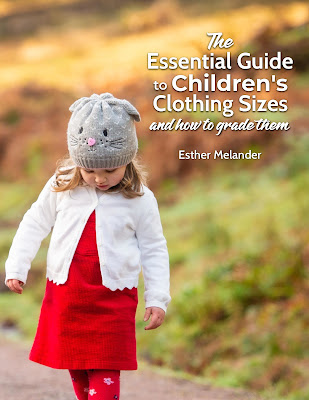This blog entry is part of a series on The Essential Guide to Children's Clothing Sizes.
In the early 1900's, children's clothing sizes were even more general. There were two simple general sizes - infant and child. At that time children's clothing was still made at home. As the industrial revolution continued to gain steam, children's clothing eventually became available in retail stores. Retailers quickly realized they needed a way to market children's clothing to parents. They also wanted to provide a wider range of sizes so they could sell more product. With the influence of George F. Earnshaw and the trade organizations that existed at that time, retailers and manufacturers adopted a size system for children's clothing with size labels based on age.
Age based sizing became the de facto standard for children's clothing in the United States. It is a system that evolved almost naturally for practical reasons. It was easy to understand by everyone including manufacturers, retailers, and customers. It was a practical way to organize and market product.
This system continued without any confirmation from any sizing studies for many years. So in that vain, the U.S. Home Economics Department and the U.S. Department of Agriculture commissioned a body measurement study of children in the 1930's. The goal of the study was to understand, improve, and formalize children's clothing sizes. This study both confirmed what the industry was already doing but also suggested an entirely different size organization and labeling system. For a more complete explanation, refer to the Essential Guide to Children's Clothing Sizes.
The 1930's study was ground breaking. Nothing like it had ever been done previously, and it became the method that all future body measurement studies followed. Europe appears to have their own children's clothing sizes, but the reality is even Europe and Great Britain used the 1939 study results as the basis for their size systems. Europe and Great Britain have since switched to metric measurements and have also conducted their own body measurement studies. Regardless, there is a lot of similarity to the U.S. system.
For this and more, see The Essential Guide to Children's Clothing Sizes.




